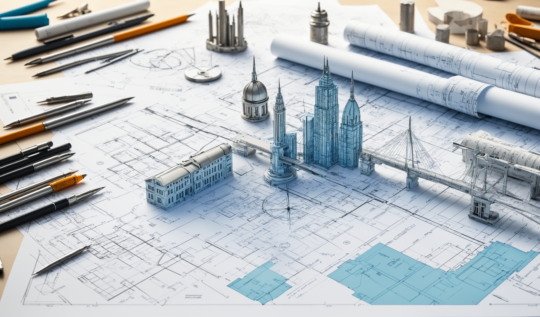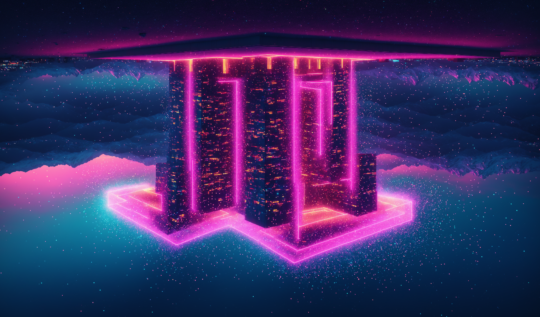Mastering Photoshop for Architectural Visualization: Unleashing Creativity and Precision
In the world of architectural visualization, creating compelling and realistic images is paramount for effectively communicating design ideas. While there are numerous tools available for rendering and visualization, Adobe Photoshop remains a cornerstone for many professionals. From adding the perfect touch of artistry to enhancing technical precision, Photoshop bridges the gap between imagination and reality. Let’s delve into why mastering Photoshop is essential in the field of architectural visualization and how it helps elevate our projects.
The Role of Photoshop in Architectural Visualization
Photoshop plays a crucial role in refining architectural renderings. Unlike 3D software that generates the basic structure and lighting, Photoshop empowers architects and visualizers to fine-tune textures, add human elements, and adjust atmospheric effects, creating images that resonate emotionally with clients and stakeholders. Its layers and masking capabilities allow for intricate manipulation, ensuring each element meshes perfectly within the overall composition.
Advantages Over Other Tools
While tools like Lumion, Enscape, and Twinmotion excel in real-time rendering, Photoshop offers unmatched flexibility and control. With Photoshop, you can seamlessly integrate a variety of media, tweak minute details, and create mood-rich scenes that tell a compelling story. This makes it not just a post-production tool, but a creative suite that brings your renders to life with a touch of uniqueness and artistic flair.
Best Practices for Using Photoshop in Architectural Visualization
Here are some best practices to consider when incorporating Photoshop into your architectural visualization workflow:
- Start with High-Quality Base Renders: Ensure your base renders from 3D software are of high quality before importing them into Photoshop. This sets a solid foundation for enhancements.
- Use Layers for Organization: Leverage layer groups and naming conventions to keep your Photoshop file organized. This makes it easier to manage adjustments and iterations.
- Employ Adjustment Layers: Utilize adjustment layers for non-destructive editing. This allows you to tweak visibility settings without permanently altering the underlying image.
- Play with Lighting and Atmosphere: Manipulate lighting effects and atmospheric conditions to set the mood of your rendering. This can greatly impact the emotional resonance of your visual.
- Color Correction and Grading: Fine-tune the color balance and grade your visuals to match specific moods or branding guidelines.
Conclusion
Mastering Photoshop is not just about learning a software—it’s about unlocking your creative potential in architectural visualization. By incorporating Photoshop into our workflow, we can produce visuals that are not only accurate but also artistically compelling, persuading clients and stakeholders with a clear and impactful vision. At Unite, we believe in pushing the boundaries of design through continuous learning and innovation. Ready to elevate your architectural renders? Explore more with us and see how we can turn your vision into reality.
Interested in learning more? Contact us at david@uniteideas.com to discuss how we can bring your architectural projects to life with our expertise in Photoshop and other visualization tools.
Want to Discuss Your Next Project?
We’d love to hear from you! Whether you have questions, need advice, or are ready to start planning, our team is here to help. Fill out the form below, and let’s start a conversation about bringing your vision to life.





